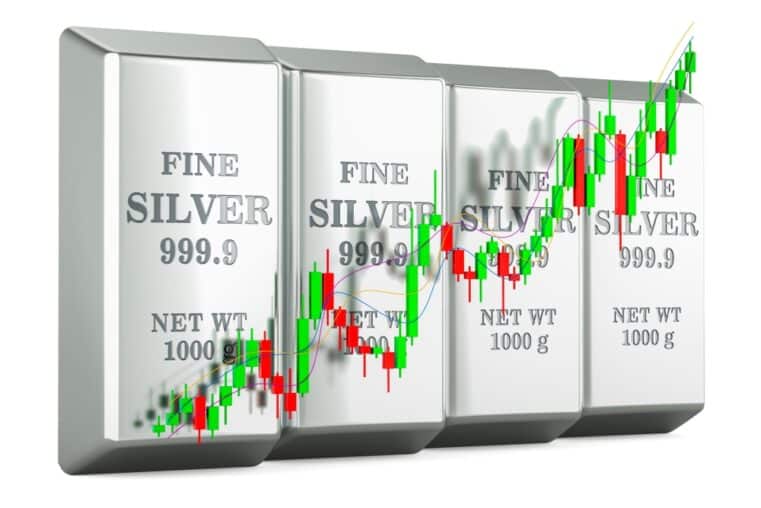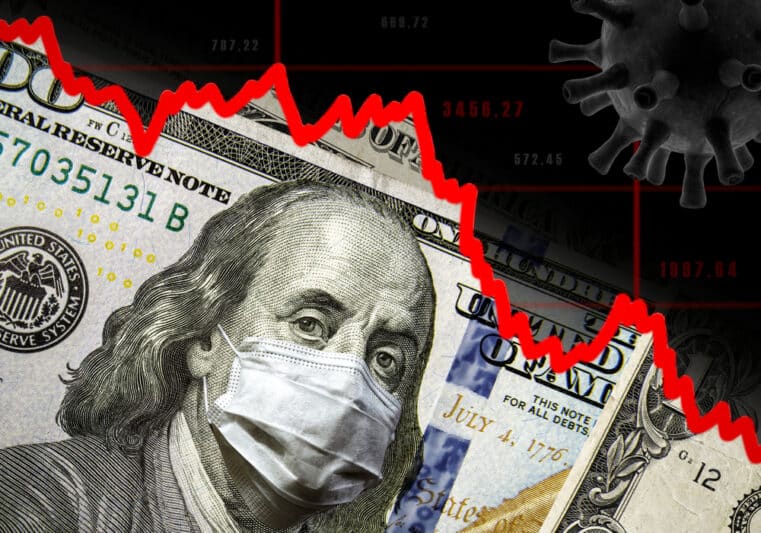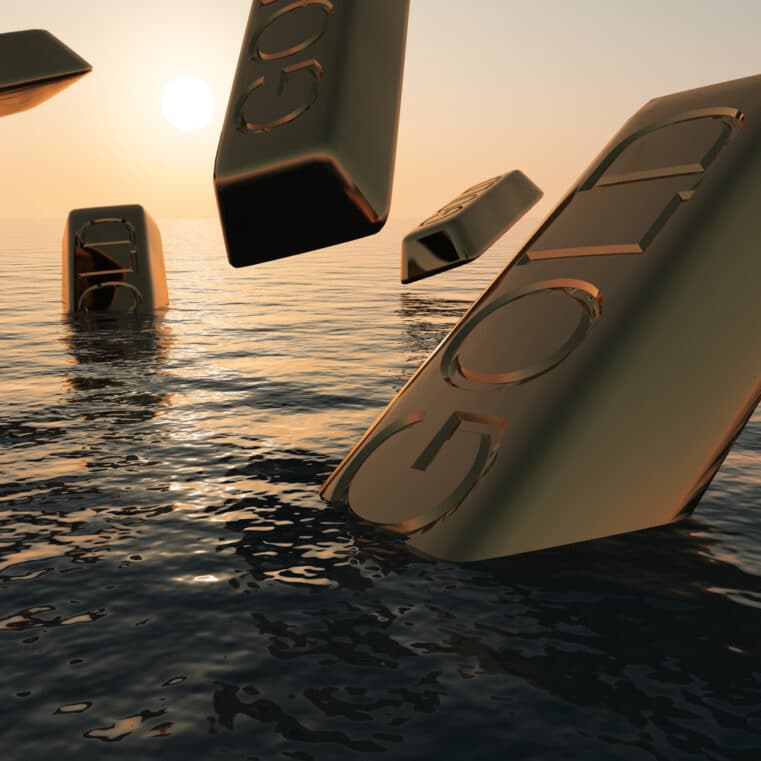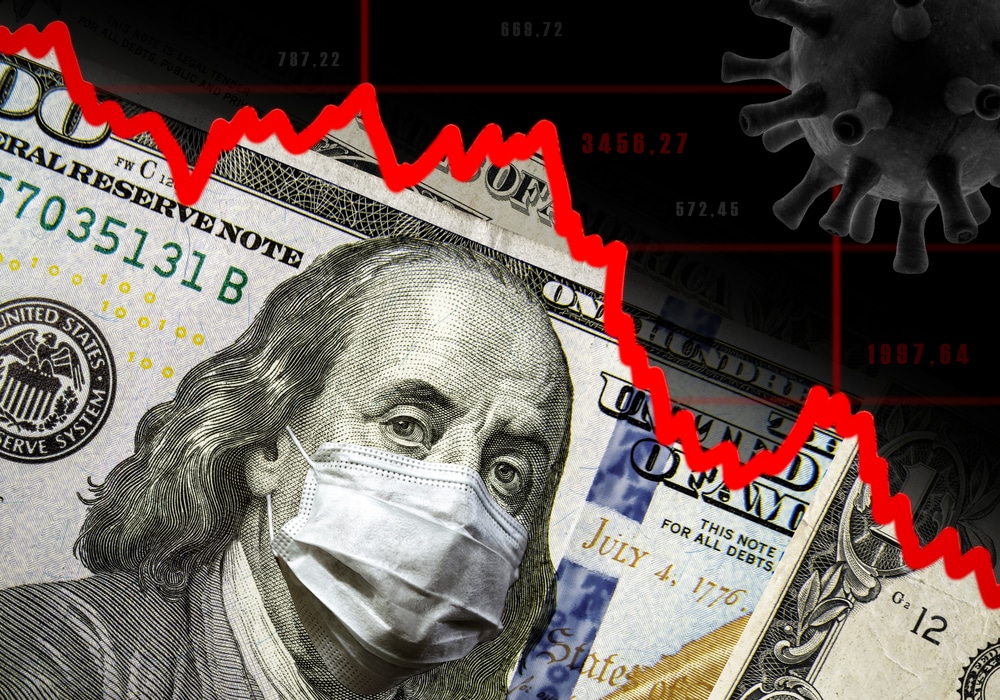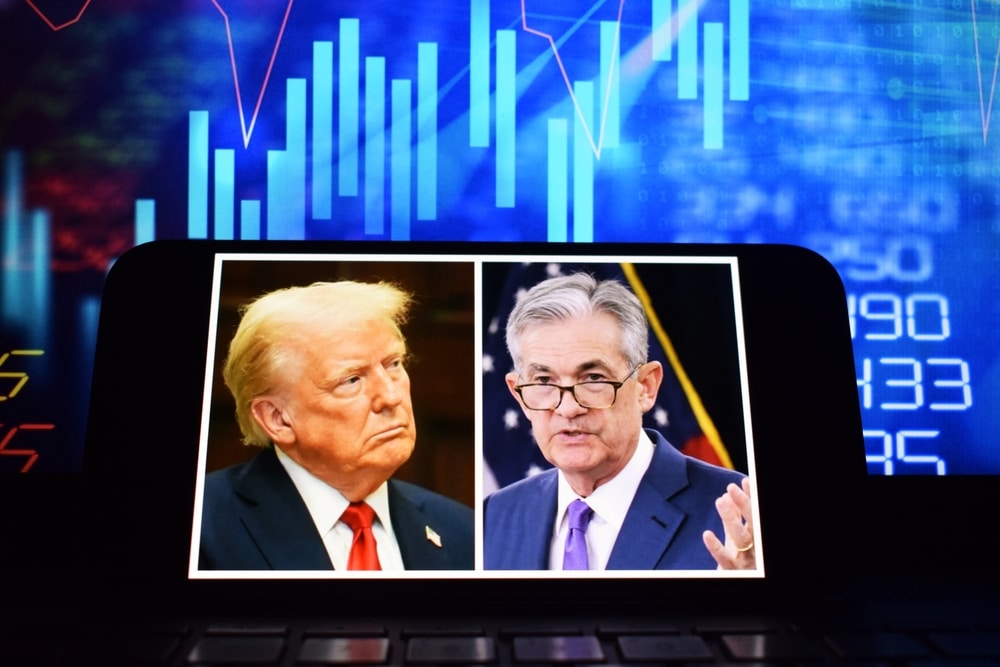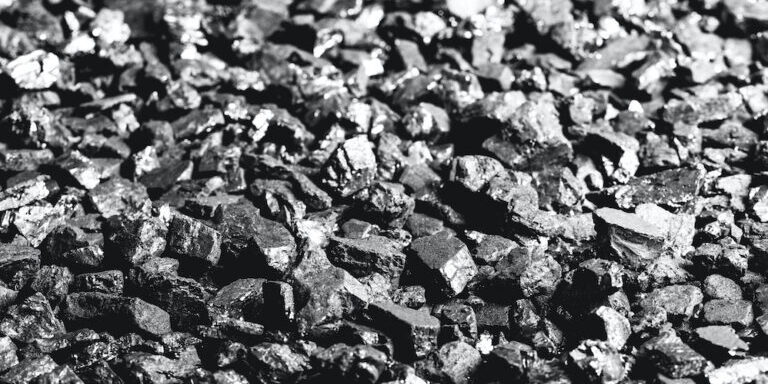
What Is Palladium and What Is Palladium Used For?
You have heard of platinum, but have you heard about the precious metal known as palladium? The metal is difficult to come by and highly sought-after, making it a valuable investment option. And it is also gaining popularity in the world of jewelry because of its attractive qualities.
But what exactly is palladium, what is it used for, and why should you consider investing in it? To help answer all of your questions, we’ve gathered some information on this metal, which you can read about below.
Here is what we will cover:
- What palladium is and what can it be used for
- The differences between palladium and platinum
- Where palladium can be found around the world
- The factors that could influence the price of palladium
- The mining processes that are often used for palladium
- Why to invest in palladium
- How to invest in palladium
What Is Palladium And What Is It Used For?
Palladium is fast becoming one of the most popular metals on the market for investors, jewelry makers, and professionals in a variety of other industries. And because it is one of the metals in the platinum group of metals (also referred to as PGMs), which includes platinum, iridium, rhodium, osmium, and ruthenium, it is highly sought-after.
This precious metal, which is still rare compared to other metals that are currently available, was discovered way back in 1803, and designers in the jewelry market have been using it since 1939. Not only is the metal durable, but it is also really attractive with its silver-white color, so it’s no wonder that jewelry makers and buyers are so interested in it.
Consumers are also becoming increasingly more interested in purchasing jewelry that is made with palladium because it may be a more affordable alternative to other more expensive metals. Plus, palladium is harder than platinum, meaning it is more resistant to scratches. It is also hypoallergenic, malleable, tarnish-resistant, and lightweight.
The primary uses of palladium are:
- For the production of catalytic converters in the automotive industry
- For products like multilayer ceramic capacitors in goods that include laptops and mobile phones
- In the jewelry industry, where it could be a substitute for platinum and be alloyed with gold to create a type of white gold
- For surgical instruments and equipment and dental alloys in the medical industry
What Are The Differences Between Palladium And Platinum?
Even though platinum and palladium are from the same family of metals and they have some similar features, they are also quite different.
Palladium is considered one of the rarest metals on the planet. It is less abundant than platinum, which is already rarer than silver and gold. So those who are interested in owning something that is hard to come by should consider palladium.
Like platinum and other metals, the price of palladium could fluctuate as a result of supply and demand. Typically, however, palladium is more affordable than platinum, despite its rarity. This could be due to the fact that platinum is denser and therefore a better option for some manufacturers. But this is good news for investors who want to get into the precious metals market for the first time, as they may find palladium the most affordable option.
In terms of industrial use, platinum and palladium could be used in similar ways. These metals could be utilized by the auto industry, particularly when it comes to the production of catalytic converters, and both palladium and platinum could also be valuable assets to jewelry designers who want to fulfill the demand for durable yet beautiful pieces of jewelry, such as engagement rings and wedding bands. But palladium is gaining in popularity and may even be able to replace platinum in certain settings because it is more affordable, at least for now. Demand is high for palladium in the electronics sector, as well as the world of dentistry, too.
Where Is Palladium Found Around The World?
Although the majority of this rare precious metal comes from South Africa and Russia, as well as the United States and Canada, it could also be found in South America, Ethiopia, the Ural Mountains, and Australia. Palladium production from recycled sources and bullion is another way of gaining access to this metal, in addition to the supplies from mines.
It’s worth noting that when the price of a precious metal like platinum rises too high for its manufacturing uses, industries are forced to look for cheaper alternatives, such as palladium, thereby leading to new innovations. However, comparatively less stable governments in primary export markets could contribute to price gains and losses in the palladium market as well.
How Is Palladium Mined?
Miners extract palladium in its own volume from the natural environment from a few places around the world. Palladium could be found in polarite and copperite minerals as a chemical element, as well as with other PGMs in placer deposits that are within rocks like chromite, norite, and dunite. And palladium, like other PGMs, could also be extracted as a byproduct of copper and nickel in its oxidation state.
Mechanical extraction methods could be used to mine palladium as a means to make the process easier. And ores that contain palladium could be mined, crushed, and then immersed into water that contains a reagent, in a process that is referred to as froth flotation.
Palladium is the element with atomic number 46 in the atomic weights and has the chemical symbol Pd. It is called after the asteroid Pallas. Palladium, platinum, ruthenium, iridium, osmium, and rhodium are part of the group of elements referred to as the platinum group metals (PGMs). The elements in this group have similar properties like outstanding catalytic and resistant qualities.
The unique properties of the PGMs have caused their widespread use: over 25% of all goods produced today contain PGMs or have PGMs play a large role in the manufacturing process. Over half the world’s supply of palladium is used for catalytic converters, which convert environmentally harmful gases from cars into more benign substances. Deposits of palladium ore are rare: the most abundant sites are located in specific parts of South Africa, Russia, Canada, and the United States. A sizable source of palladium is the recycling of scrapped catalytic converters.
History of Palladium
The discovery of palladium was made by William Hyde Wollaston in 1802. He extracted enough of the element from the periodic table and tried to sell it, without naming himself, in a small store in 1803. At first, a lot criticism surfaced, claiming that palladium was an alloy of platinum and mercury. Wollaston offered a reward for anyone who could produce this so-called palladium alloy, but no one succeeded, proving in a way that the palladium extract was genuine.
Wollaston disclosed that he was the discoverer of the element in a publication in 1805. The name palladium was coined by Wollaston in 1802 after the asteroid Pallas, which was seen for the first time only two years earlier. As a treatment for tuberculosis, palladium chloride used to be prescribed for people with a dose of one milligram per kilogram of body weight per day. It had many negative side-effects and was replaced by more effective medication.
In the years leading up to the millennium, the Russian supply of palladium to the world was delayed and canceled a number of times. Panic broke out on the market for palladium and the price was driven to an all-time high. Ford Motor Company, which used a lot of palladium for their car production and electrical contacts and exhaust systems, feared a shortage and stockpiled enormous amounts. When the price of palladium fell in 2001, Ford lost almost one billion US dollars.
The Making Of Palladium
The production of palladium usually starts from the residue of the production of another metal, typically nickel. The chemical differences between the metals in this residue are used to separate them with dehydrogenation. The first step is dissolving the residue in aqua regia, which will allow all the metals to form the nitrates. If silver is present, it is separated by forming silver chloride. By adding different kinds of elements to the mixture, eventually, all the elements are separated. Rhodium sulfate, ruthenium, osmium, palladium, and others are extracted from the residue and compiled for commercial usage.
Fission Products
Large amounts of the three lighter PGM’s, rhodium, ruthenium, and palladium, are formed as products in nuclear reactors. As prices and global demand increase, the production of noble metals in this way is emerging as a viable alternative source. Possibilities have been successfully researched on recovering metals from spent nuclear waste.
Catalysis
A versatile catalyst is formed when palladium is finely divided on carbon. As a catalyst, it can speed up (de)hydrogenation and petroleum cracking. Palladium, dispersed on conductive material, also proves to be a very good electrocatalyst to oxidize primary alcohols. As a homogeneous catalyst, palladium can be used for highly selective chemical transformations.
Jewelry
As a precious metal, palladium has been used in jewelry since the 1930s as an alternative to platinum for making white gold, because of its naturally white color. It is much lighter than platinum and similarly to gold, palladium can be made into a 100 nm thin form. White gold is made as an alloy of gold with usually one of three metals: nickel, silver, and palladium. The alloy of palladium and gold is more expensive than nickel and gold but seldom causes an allergic reaction or corrosion.
In recent years, palladium has been used as the principal metal in jewelry because of the relative rise in gold and platinum prices. Especially China began fabricating a significant amount of palladium jewelry and although the relative decline of the price of platinum has lowered, production still totaled 17.4 tons in 2009.
What Are the Main Reasons To Invest In Palladium?
Investors who are interested in buying precious metals so that they could protect themselves against economic instability and diversify their financial portfolio can easily invest in palladium in the same way that they can invest in silver, gold, and platinum. Like platinum, palladium isn’t as well known on the investment market as gold and silver, and there is also a limited supply, making the metal more valuable. Plus, investors who are losing faith in currencies like the U.S. dollar may also choose to invest in metals like palladium to help ensure their long-term financial stability.
Gold and silver certainly do get more of the attention in the market of precious metals for investors. However, during times of economic uncertainty or recession, palladium like platinum could do well not only as a hedge against inflation but also as a safe haven asset. And because white metals like palladium are used by various industries, they could also remain strong even if the precious metals market starts to slide.
Technological advancements, particularly in the automotive industry, could also cause demand for palladium to rise to melting point. In fact, some automotive parts that used to be manufactured with platinum can now be made using palladium, which is more affordable and gets rid of emissions and carbon dioxide and carbon monoxide. For this reason, some experts recommend buying palladium as a long-term investment option whose value could continue to rise over time as the demand continues to increase.
Another reason to invest in palladium now rather than later is that the supply might actually end up decreasing over time, despite the expected increases in demand. Russia is one of the biggest producers in the world when it comes to palladium, and some evidence has suggested that the country’s production of the precious metal is actually in decline. On top of that, South Africa, which is another one of the biggest sources of palladium on the planet, might see labor strikes that diminish the amount of palladium that is able to hit the market. If the supply dwindles, the price might go up, so investing in palladium before that rise in price occurs means you may have the chance to make a good return on your investment.
How To Invest In Palladium
When you are ready to invest in palladium, there are several ways that you can go about doing so. Those options include:
- Physical Palladium: You can invest in palladium in the form of jewelry, coins, and bars, such as 10-ounce bars that are just as attractive as they are valuable. Keep in mind that when investing in physical palladium, you will need a place to store it, whether you are interested in bars or coins.
- Pool Allocated Palladium: Another way to invest in palladium is by letting a brand hold your physical metal on your behalf. Your holdings will be backed by the physical metal, but the palladium will be kept in custodial storage, with insurance, at no cost to you. For these reasons, this investment option is affordable and convenient.
- Palladium ETFs (Exchange Traded Funds): You can invest in palladium via ETF, but be sure to check the investment structure of the fund to ensure that it is suitably backed by physical palladium. Bear in mind that investors in ETFs have no direct claim on their underlying investments or assets, and the entire fund may be traded or liquidated at any time.
What Influences The Price of Palladium?
A primary factor that could influence the price of palladium is any instability in the countries where palladium is mined, such as Russia or South Africa. Whether those countries are facing economic or social issues, those problems might end up playing a role in the price of palladium for investors if they end up adversely affecting the supply of the metal. So being aware of what is going on in other parts of the world, particularly in countries where palladium is mined, could give you a heads-up as to what may happen with the price of this popular precious metal.
The great thing about palladium is the fact that it is used by a wide range of industries around the globe. This helps to keep the demand for the metal up. And when demand is up, the price may also increase, especially if the supply is limited. However, if major industries like the auto industry eventually decide that they no longer need palladium, or if those industries take a turn for the worse for any reason, they could cause the price of palladium to fall along with the decrease in the demand for it. Once again, being an informed investor who is on top of news from various industries that use palladium may give you the ability to predict what will happen to the price of this metal and whether it is worth buying more or selling it.
Palladium: A Rare Precious Metal That’s Worth Looking Into
More rare than gold or and platinum, palladium is a versatile, durable, and attractive metal that is gaining in popularity as more and more people learn about it around the world. If you are interested in purchasing fine jewelry or investing in precious metals, consider buying palladium and adding it to your investment portfolio. And if you already have a portfolio of precious metals like gold and silver, palladium could help diversify it further. The price may fluctuate, but if the supply remains low and demand stays high, you could get a great return on your investment when you are ready to cash out.





